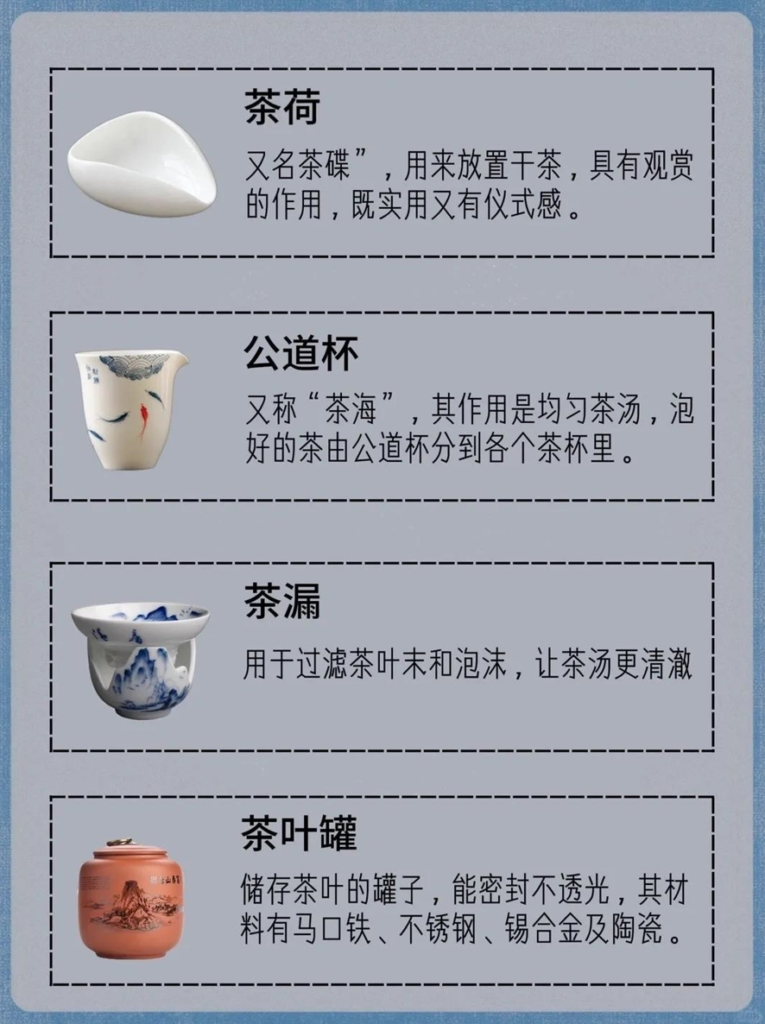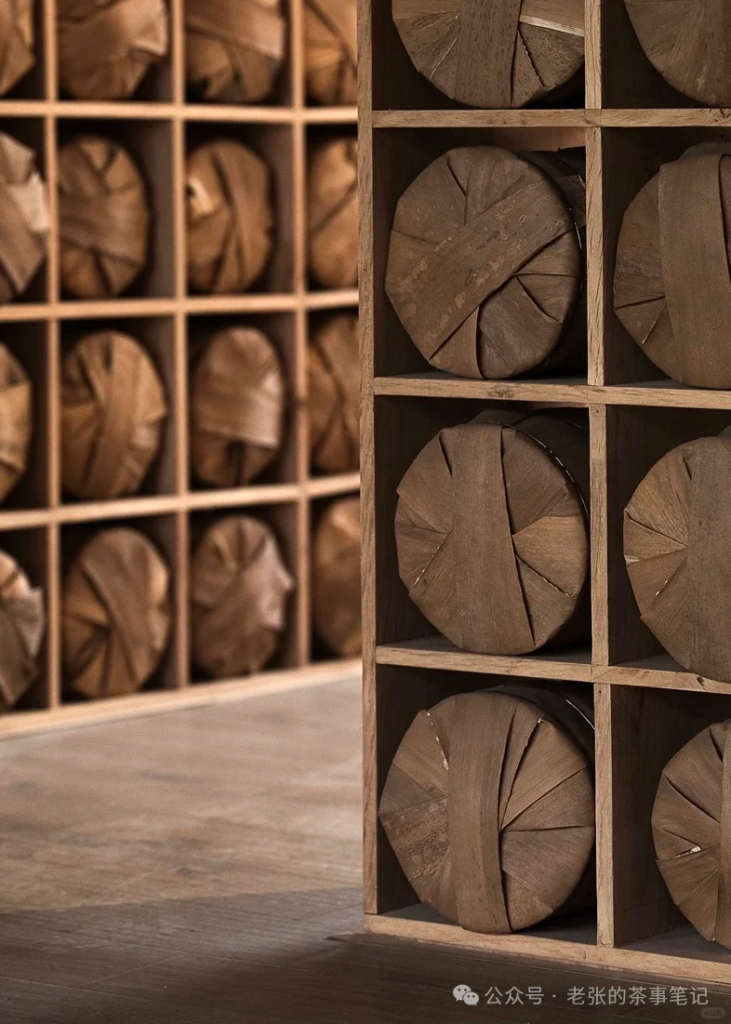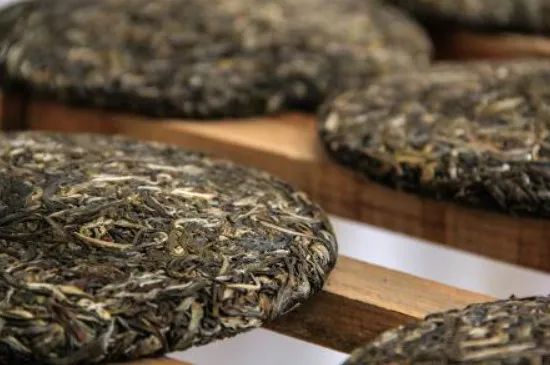Tea leaves have a strong affinity for moisture and odors, readily absorbing water vapor and odors from the air. If stored improperly, they can lose their flavor within a short period. The more delicate and fragrant the tea, the more challenging it is to preserve. Typically, after storage, tea’s aroma, taste, and color will change, with the fresh tea flavor disappearing and a stale taste emerging. Therefore, mastering tea storage methods to ensure the quality of tea is essential in daily life.
The primary factors causing tea deterioration include: 1. Light. 2. Temperature. 3. Moisture content in tea. 4. Atmospheric humidity. 5. Oxygen. 6. Microorganisms. 7. Odor pollution. Microorganism-induced degradation is limited by factors such as temperature, moisture, and oxygen, while odor pollution is related to the storage environment. To prevent tea deterioration, it is necessary to control light, temperature, moisture, and oxygen. Packaging materials must be opaque, such as metal cans and aluminum foil bags. Oxygen removal can be achieved through vacuum or nitrogen packaging, or by using oxygen absorbers.
Metal Can Storage Method: You can choose an iron can, a stainless-steel can or a tin can with a dense texture. If it is a newly bought can or a can that originally contained other items and has a remaining smell, you can first put a little tea powder in the can, cover the lid, shake it up, down, left and right and gently wipe the inner wall of the can, then discard the tea powder to remove the odor.
There are stainless-steel tea cans with two lids sold on the market, which are simple and practical. If you can put the tea in a clean and odorless plastic bag first and then put it into the can, cover the lid and seal the lid with tape, it will be even better. The metal can containing tea should be placed in a cool place, not in a place with direct sunlight, strange odors, humidity or heat sources. In this way, the iron can is not easy to rust, and the aging and deterioration speed of the tea can also be slowed down. In addition, the tin can has a dense material, which has a good effect on moisture prevention, oxidation prevention, light blockage and odor prevention. Ceramic Jar Storage Method: Select a dry, odorless and airtight ceramic jar. Wrap the tea with kraft paper and place it around the jar. Place a lime bag in the middle, put another tea package on top. After filling the jar, cover it tightly with a cotton bag. Replace the lime every 1 – 2 months. This method uses the moisture absorption property of quicklime to keep the tea from getting damp, and the effect is good. In fact, tea is also one of the foods. Except for fermented tea Pu-erh, other teas all have a shelf life. Depending on the tea variety, growth conditions, etc., the shelf life is also different. If the storage is improper, such as the moisture content exceeding the standard due to moisture absorption, the tea may expire in advance. To judge whether the tea has expired, you can identify it through the following methods: Check if it is moldy or has a stale smell; whether green tea turns red and the soup color becomes dull; whether the concentration and freshness of the tea taste decline, etc. Well-stored tea usually undergoes changes in aroma, soup color, taste and color after being stored for a period of time. The original fresh tea flavor disappears and the stale flavor gradually emerges.

